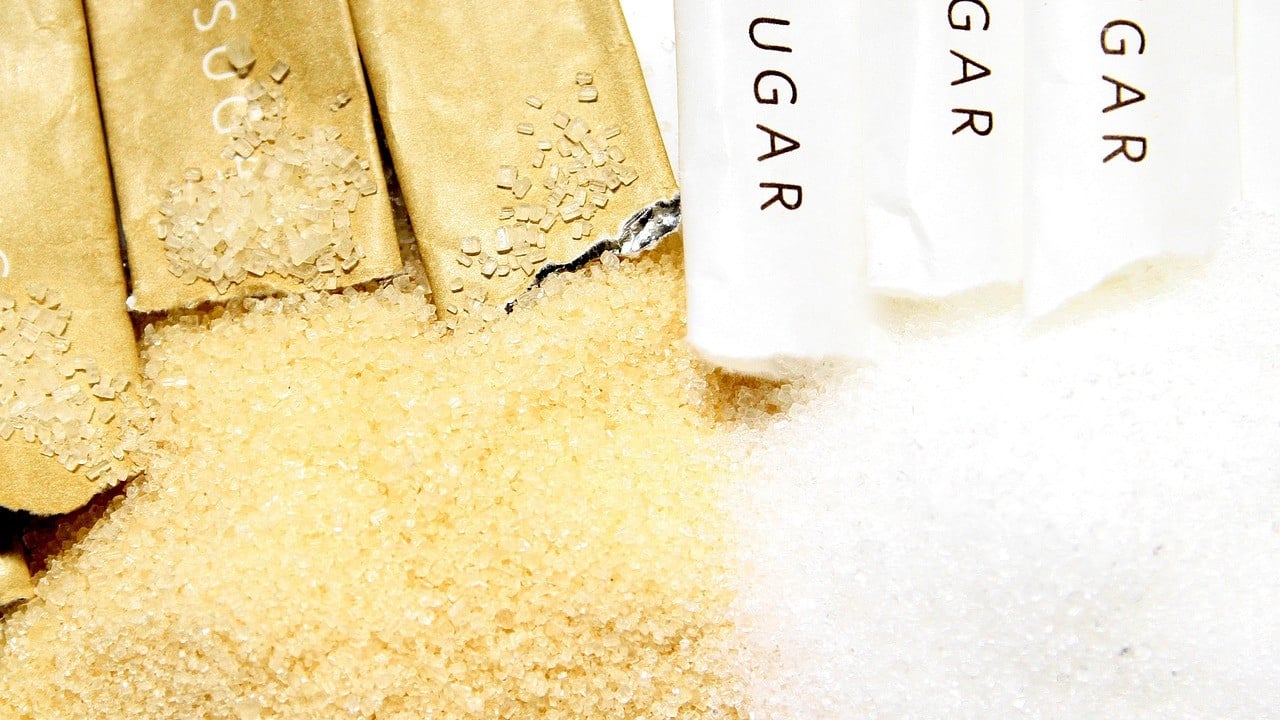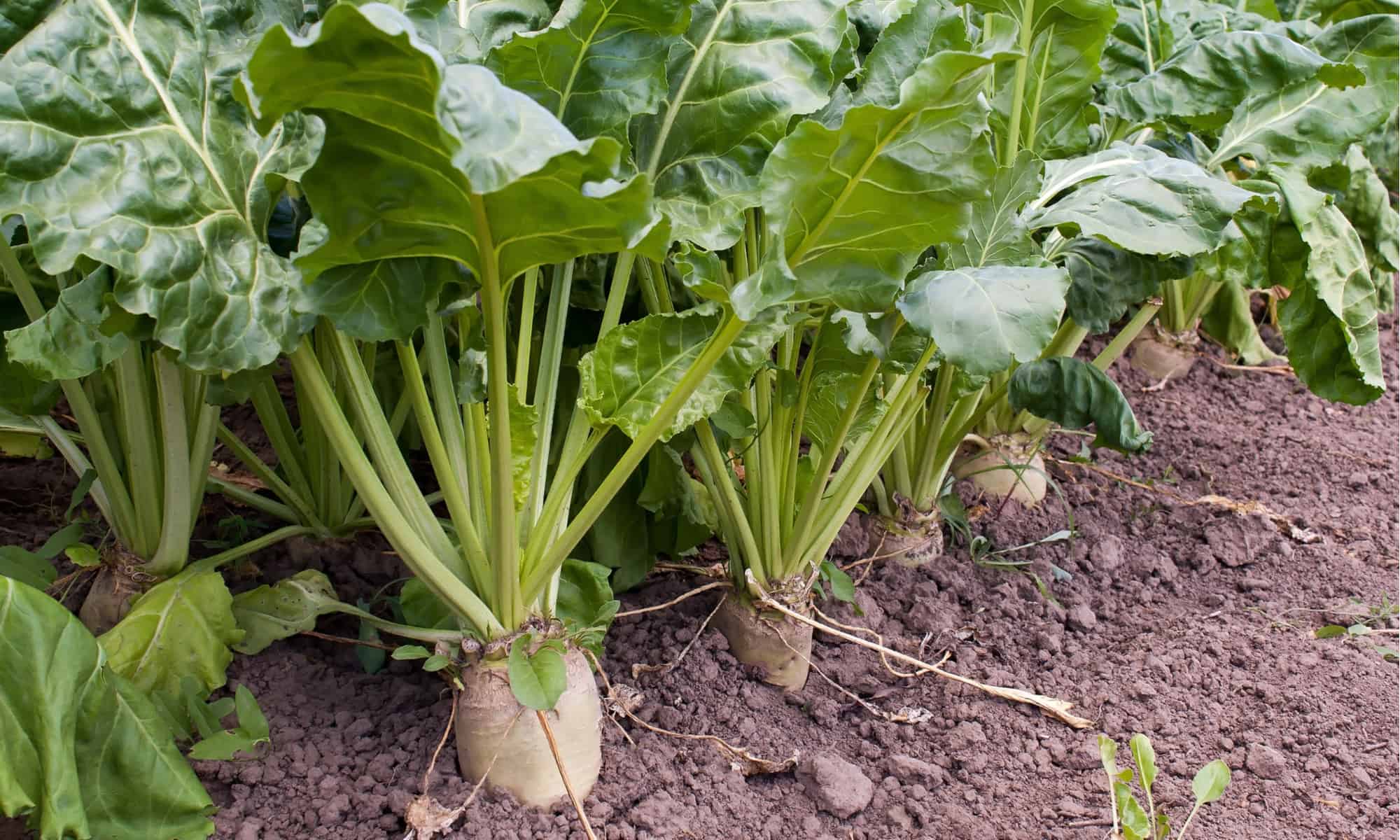Understanding beet sugar vs cane sugar helps consumers make better choices about their sweeteners.
Understanding beet sugar vs cane sugar helps consumers make better choices about their sweeteners.
Blog Article
Understanding the Nutritional Conveniences of Beetroot Sugar Vs Cane Sugar for Wellness Conscious Consumers
When examining the nutritional implications of beetroot sugar versus walking stick sugar, health-conscious customers discover that both varieties mostly consist of sucrose and deal similar calorie values, each adding around 16 calories per tsp. Despite this resemblance, neither kind gives significant health and wellness benefits, as they are empty of important nutrients. Discovering the wider influences, including ecological considerations and long-lasting health and wellness effects of sugar usage, could light up extra nuanced distinctions between these 2 sugars.
Nutritional Account and Caloric Worth of Beetroot Sugar and Walking Cane Sugar
Although both beet sugar and walking cane sugar are mostly composed of sucrose, their dietary profiles and caloric worths are incredibly similar. There are trace distinctions in the pollutants that remain after handling, which can a little impact the flavor and shade of the sugars, however these are minimal in terms of health and wellness impact. For consumers concentrating on dietary impact, the selection between beetroot and walking stick sugar is more regarding personal choice or prospective ecological worries rather than dietary differences.
Ecological Impact and Sustainability of Sugar Manufacturing
While the nutritional differences in between beet sugar and walking cane sugar are very little, their production procedures offer even more considerable differences, particularly in regards to environmental influence and sustainability. Cane sugar manufacturing often entails comprehensive land usage and deforestation, which adds to environment destruction and biodiversity loss. This farming is also linked with high water consumption and water air pollution due to the overflow of chemicals and plant foods. On the other hand, beetroot sugar production normally requires less land and can be grown in even more pleasant climates, which may lower the need for watering and the associated water resource exhaustion.
Nonetheless, beetroot cultivation is not without its environmental challenges; it involves considerable energy inputs, especially in the northern climates where it is grown, because of the requirement for longer heating periods in sugar processing. Both sugar beet and sugar cane markets are checking out much more lasting methods, consisting of crop turning, organic farming, and enhanced waste management techniques to mitigate these impacts.
Health Effects and Recommendations for Sugar Usage
Regardless of their marginal nutritional differences, both beet sugar and walking cane sugar can have destructive wellness impacts when eaten over. High intake of either sort of sugar adds to a variety of health and wellness problems, including excessive weight, kind 2 diabetic issues, and heart problem. Both sugars are pure sucrose and deal no necessary nutrients in addition to calories, leading to quick spikes in blood sugar level degrees upon usage.


Final Thought

Report this page